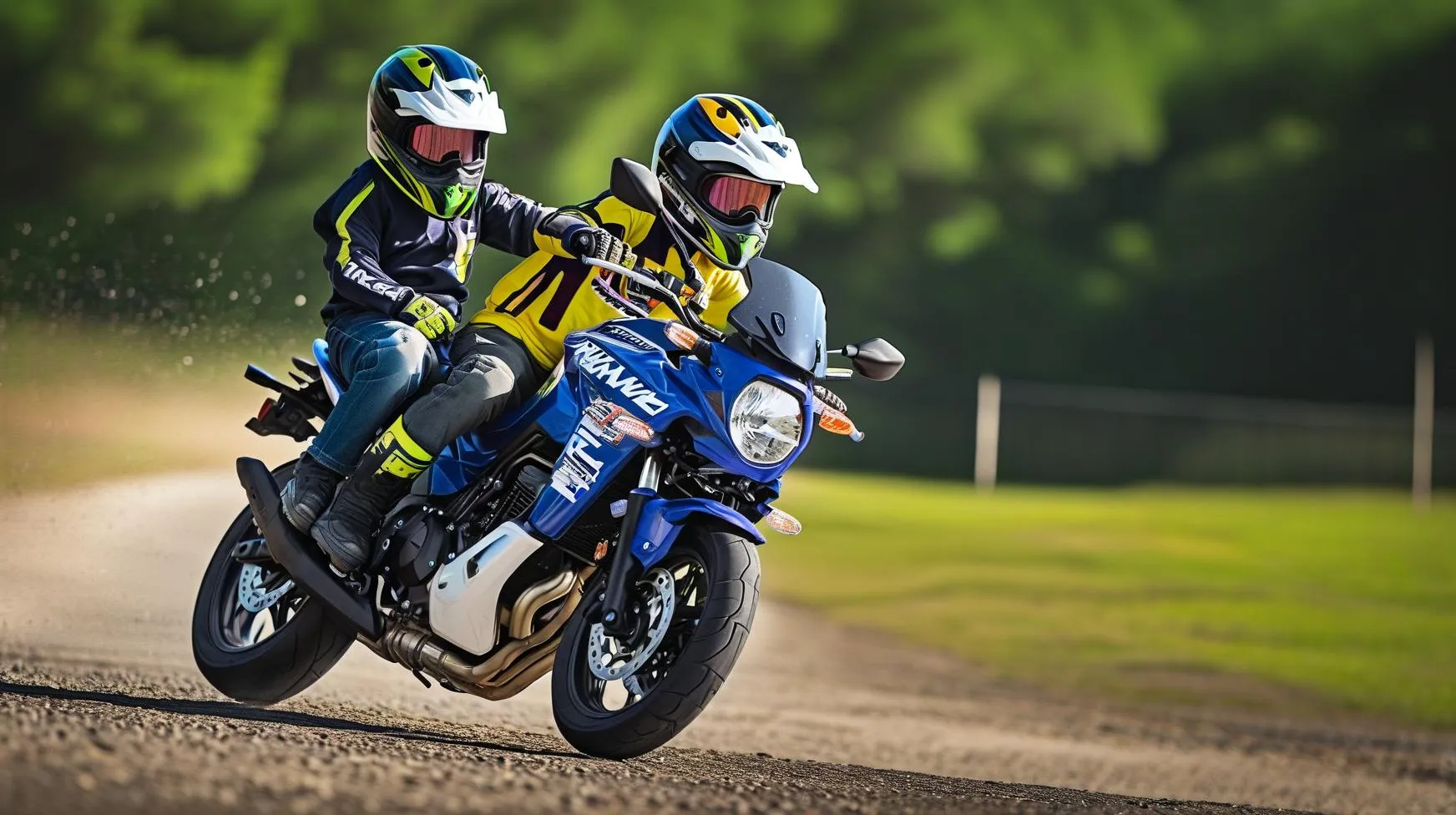Riding a motorcycle in the Navy requires more than just basic skills—it demands precision, situational awareness, and specialized training tailored to military environments. Selecting the right motorcycle safety course isn’t just about checking a box; it’s about ensuring your safety during deployments, navigating base protocols, and mastering techniques that civilian programs may overlook. Here’s how to identify a course that aligns with Navy standards while equipping you with lifelong riding expertise.
Why Navy-Specific Motorcycle Training Matters
Military riders face unique challenges: riding in unfamiliar territories, adhering to strict base regulations, and managing fatigue during long shifts. A high-quality Navy motorcycle safety course addresses these scenarios head-on. Look for programs endorsed by the Motorcycle Safety Foundation (MSF) or recognized by the Naval Safety Center, as these often incorporate military-specific modules like night-riding protocols, cargo load management, and accident avoidance drills under stress.
Key Factors to Evaluate in a Course
-
Accreditation & Compliance
Verify that the course meets OPNAVINST 5100.12J standards, the Navy’s benchmark for motorcycle safety. Accredited programs typically include both classroom instruction and on-cycle training, with a focus on hazard perception and emergency maneuvers. -
Instructor Credentials
Prioritize courses taught by MSF-certified coaches with military experience. Instructors who’ve served understand the pressures of active duty and can tailor lessons to real-world scenarios, such as riding in formation or responding to sudden route changes during missions. -
Advanced Skill Development
Beyond basic handling, seek courses offering Advanced RiderCourse (ARC) certifications. These cover critical topics like collision avoidance at high speeds, swerving techniques on wet surfaces, and proper use of anti-lock braking systems (ABS)—skills proven to reduce crash risk by up to 34% (MSF, 2022).
Core Curriculum Components to Demand
A top-tier program should blend theory and practice:
– Situational Awareness Training: Learn to scan for threats in urban and rural settings, a skill vital for navigating congested bases or foreign roads during deployments.
– Maintenance Checks: Military riders often operate in harsh conditions. Courses should teach pre-ride inspections for tire pressure, chain tension, and fluid levels to prevent mechanical failures.
– Legal & Ethical Responsibilities: Understand how alcohol limits, gear requirements (e.g., DOT-approved helmets), and local traffic laws intersect with military conduct policies.
Online vs. In-Person Training: What Works Best?
While online modules offer flexibility, hands-on training is non-negotiable for skill retention. Hybrid programs approved by the Navy Reserve Forces Command strike a balance—combining virtual theory sessions with weekend riding workshops. For active-duty personnel, on-base courses like those offered at Naval Station Norfolk or Camp Pendleton provide convenience without compromising quality.
Red Flags to Avoid
- Lack of Post-Course Support: Reputable programs offer refresher clinics or mentorship opportunities—crucial for maintaining skills after long periods off the bike.
- Overemphasis on “Quick Certs”: Avoid providers promising instant certification without adequate practice hours. The Naval Safety Center reports that riders with fewer than 10 hours of supervised training are 2x more likely to crash within their first year.
- Outdated Materials: Courses relying on decade-old manuals may ignore modern advancements like electronic stability control or adaptive headlights.
Steps to Enroll in a Certified Program
- Consult your command’s safety officer for a list of pre-approved providers.
- Compare schedules and locations using the MSF’s military rider portal.
- Confirm insurance discounts—many providers partner with USAA or GEICO to reduce premiums for certified riders.
Choosing the right Navy motorcycle safety course isn’t just about compliance; it’s an investment in your ability to lead missions confidently and return safely. By prioritizing accredited training, experienced instructors, and real-world skill drills, you’ll build the expertise needed to handle any road—whether you’re stationed stateside or deployed overseas.




Leave a Reply